Yes, we know there’s a nurse shortage.
As a result, we also know that healthcare facility administrators everywhere are struggling to balance all of the following:
- Safe staffing ratios
- Nurse burnout and turnover
- Position vacancies
- Patient outcomes
- Financial margins
What don’t we know? How to do it all without filing for bankruptcy.
It’s time to look at these pain points as interconnected pieces of the same puzzle. When we do that, we can implement healthcare staffing solutions that will have a ripple effect.
A streamlined healthcare staffing approach can be successful when it balances efficiency, safety (both for patients and clinicians), and strategy.
Different levels of healthcare staffing
Although trending and immensely powerful, flexible staffing models alone can’t fix all staffing problems.
Healthcare workforce planning involves a mix of different staffing types, and that mix will vary depending on the type of facility. Optimizing onboarding processes in healthcare can go a long way toward establishing successful integration of different types of staffing.
Full-time, traditional staffing
The full-time staff roster is typically composed of W-2 employees. These healthcare professionals are the backbone of any facility. They work set schedules, typically 35–40 hours per week.
In return, the facility pays Social Security and Medicare contributions and offers health insurance benefits, retirement contributions, paid time off, and other benefits.
Full-time staff also earn overtime pay for any work over 40 hours per week, making them a costly option to cover shift gaps. And that’s just considering the financial cost. Don’t forget, burnout is a serious concern for the industry, and overtime—even when it’s not mandatory—can lead to burnout and compassion fatigue.
This cohort is reliable but constitutes large overhead costs for a facility. The cost of compensating full-time employees prevents a facility—even if there weren’t a shortage—from realistically sustaining a roster that would be sufficient in peak patient census times.
Travel nurses
Travel nurses are contracted for medium-term placements—typically between eight and 13 weeks long. They are often utilized when facilities are expecting a seasonal uptick in patient intake (for example, flu season) or need coverage for a position vacancy (the average recruitment time for a staff nurse is 83 days.)
Contracts for travel nurses are notoriously expensive because of agency fees, travel and living stipends, and their competitive hourly rates—although rates have dropped since the astounding figures we saw during COVID-19.
This temporary staffing solution has been used by the industry for decades but is financially unsustainable as a long-term or recurring strategy.
Internal float pools
Internal float pools can be particularly helpful in larger facilities with multiple units or departments, such as hospitals. Float pool clinicians are cross-trained to “float” to whatever unit needs them for the shift.
This staffing strategy provides facilities with internal adaptability. They can avoid wasting resources by overstaffing one unit while another is short-staffed.
As float pool clinicians are internal staff, facilities are subject to the same regulations for overtime and employee benefits.
Per diem and on-demand staffing
Per diem or on-demand staffing is a solution that bridges the gap left behind when the internal staff roster isn’t sufficient, but travel nursing or agency contracts take too much time to set up, are too long, or are too expensive.
It’s customizable and adaptable because on-demand staffing does exactly what it sounds like it does—it responds to the need, even if that need is only a single shift.
When healthcare facilities have a shift gap in the schedule or a staffing emergency, per diem clinicians can come in to cover the shift.
Nursa, a PRN healthcare staffing platform, has a nationwide talent pool of more than 350,000 nursing clinicians looking for shifts, making it a quick response strategy with some surprising extra advantages.
The platform leans into the natural adaptability of per diem staffing by offering facilities the following:
- Additional customizations and product features that streamline the staffing process
- A fully digital process, cutting out the need for middlemen found in traditional bureaucratic agency staffing
- Last-minute coverage for emergency situations or staff call outs
- Control over shift pricing and clinician selection
It does this while also eschewing contracts, subscriptions, quotas, and hire-away fees. This means that facilities can use the platform whenever and only when they need it.
Streamlining staffing in healthcare
It’s important that when healthcare leaders look for ways to streamline staffing in their facilities, they don’t automatically turn to cutting staff, straining nurse-to-patient staffing ratios.
What does streamlined staffing look like in healthcare?
Efficient. Balanced. Engaged. Responsive.
Staffing efficiency doesn’t mean cutting staff
Although nurse staffing is one of the largest expenses for healthcare facilities, it’s not a budget category that should be squeezed. Cutting healthcare staff positions is short-sighted and can negatively impact employee engagement, patient outcomes, and reputation.
It may bring quick budgetary gains, but not without serious consequences.
Instead, staffing efficiency can be achieved by focusing on having the right number of clinicians at the right times.
This can be helped by leveraging data to anticipate patient fluctuations while maintaining an internal staff roster that can handle the average patient census and augmenting staffing with per diem clinicians when needed.
Beware the consequences of a poor staffing balance
Understaffing leads to nurse dissatisfaction, burnout, and turnover, which all impact patient care outcomes. However, overstaffing can be harmful as well. When facilities are overstaffed, they waste financial resources.
- If a facility’s full-time roster is robust enough to handle even the highest patient census of the year, that means the rest of the year, they’re paying salaries and other employee benefits for staff they often don’t need.
- If facilities that use staffing agencies or travel nurses end up being overstaffed, they’re hit with fees for contract cancellations.
The three pillars of streamlined staffing
In a streamlined staffing model, success is built on these three pillars:
- Lower costs: Reduced overhiring, recruiting, and agency fees
- Better patient outcomes: Shorter patient stays, lower readmission rates, and higher patient satisfaction
- Healthier staff culture: Better morale, improved healthcare staff retention rates, and less burnout
The bottom line
The “do more with less” adage doesn’t fit within the paradigm of healthcare staffing. Throw it out the window and adopt a more nuanced perspective:
“Do better with the right people at the right time.”
Data, strategy, and smart investments in staffing can work to fill the gaps, lighten staff workload, improve staff retention and patient outcomes, and make financial sense.






